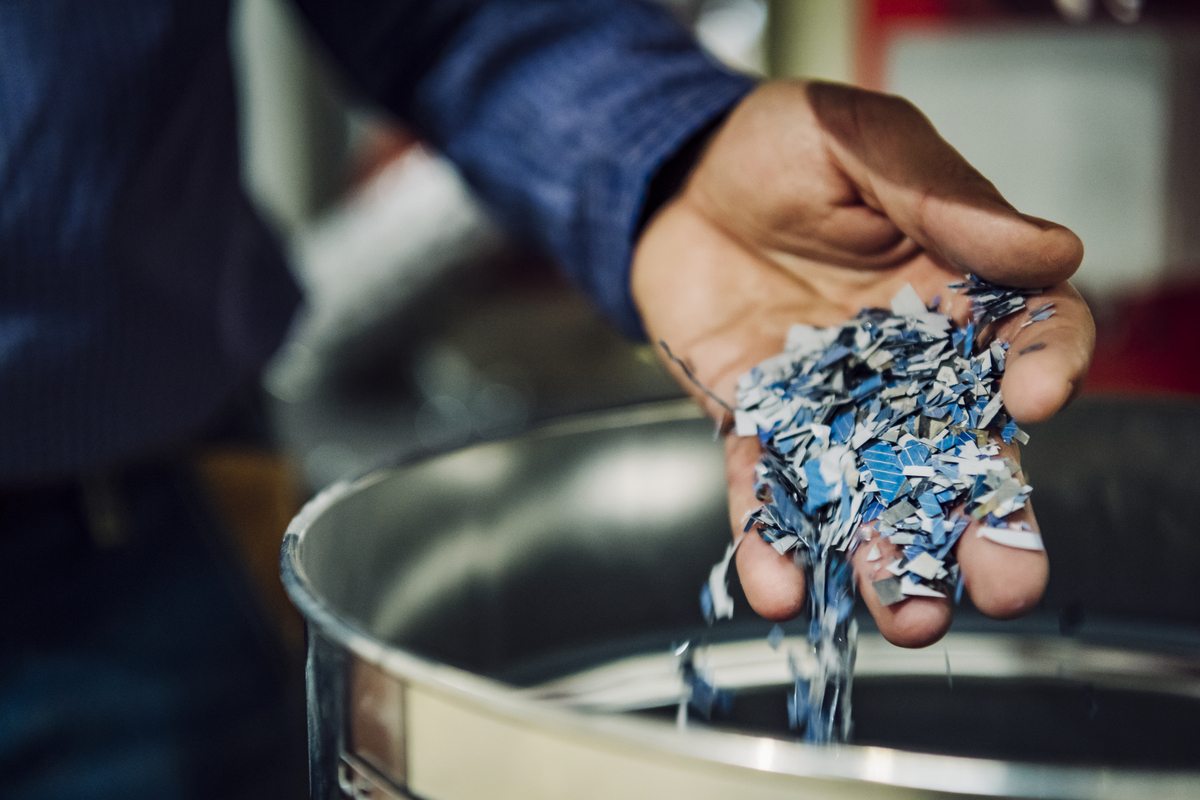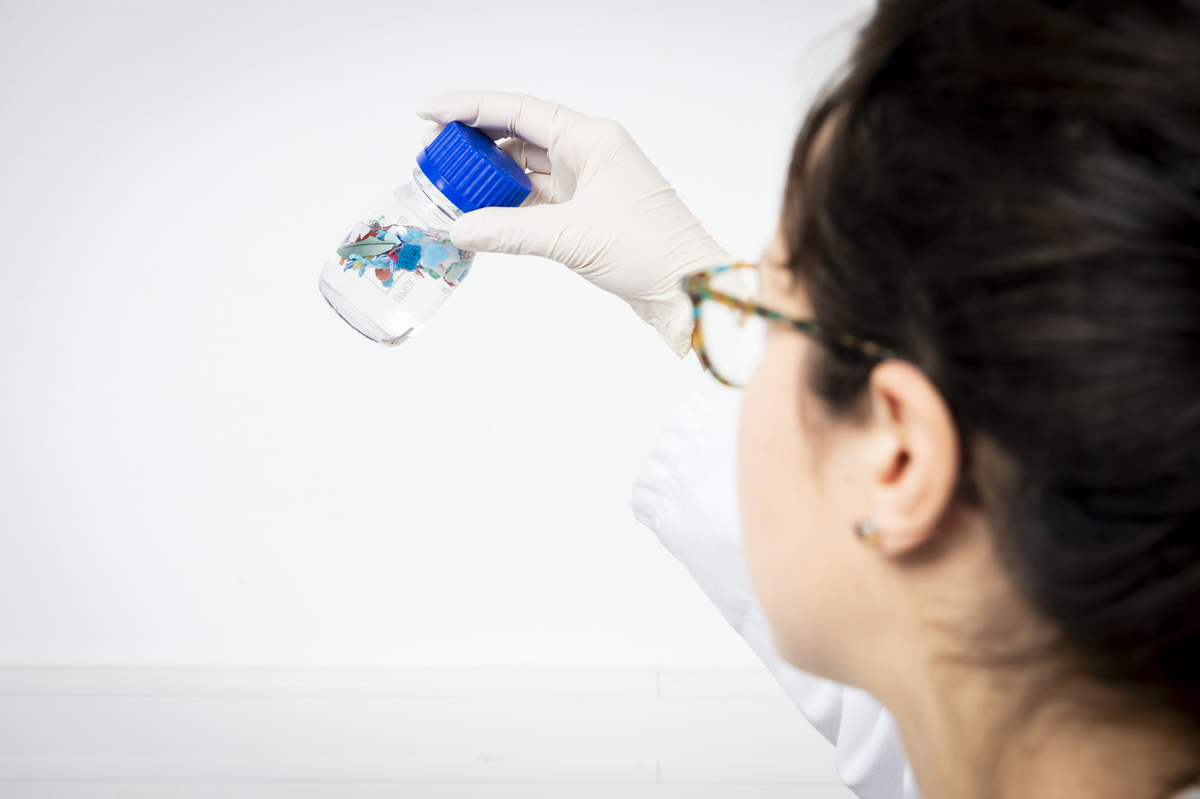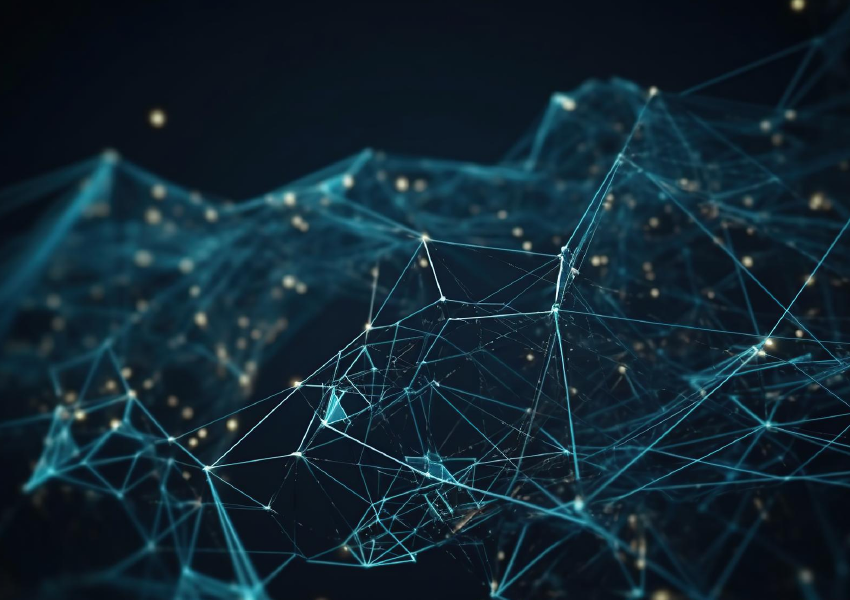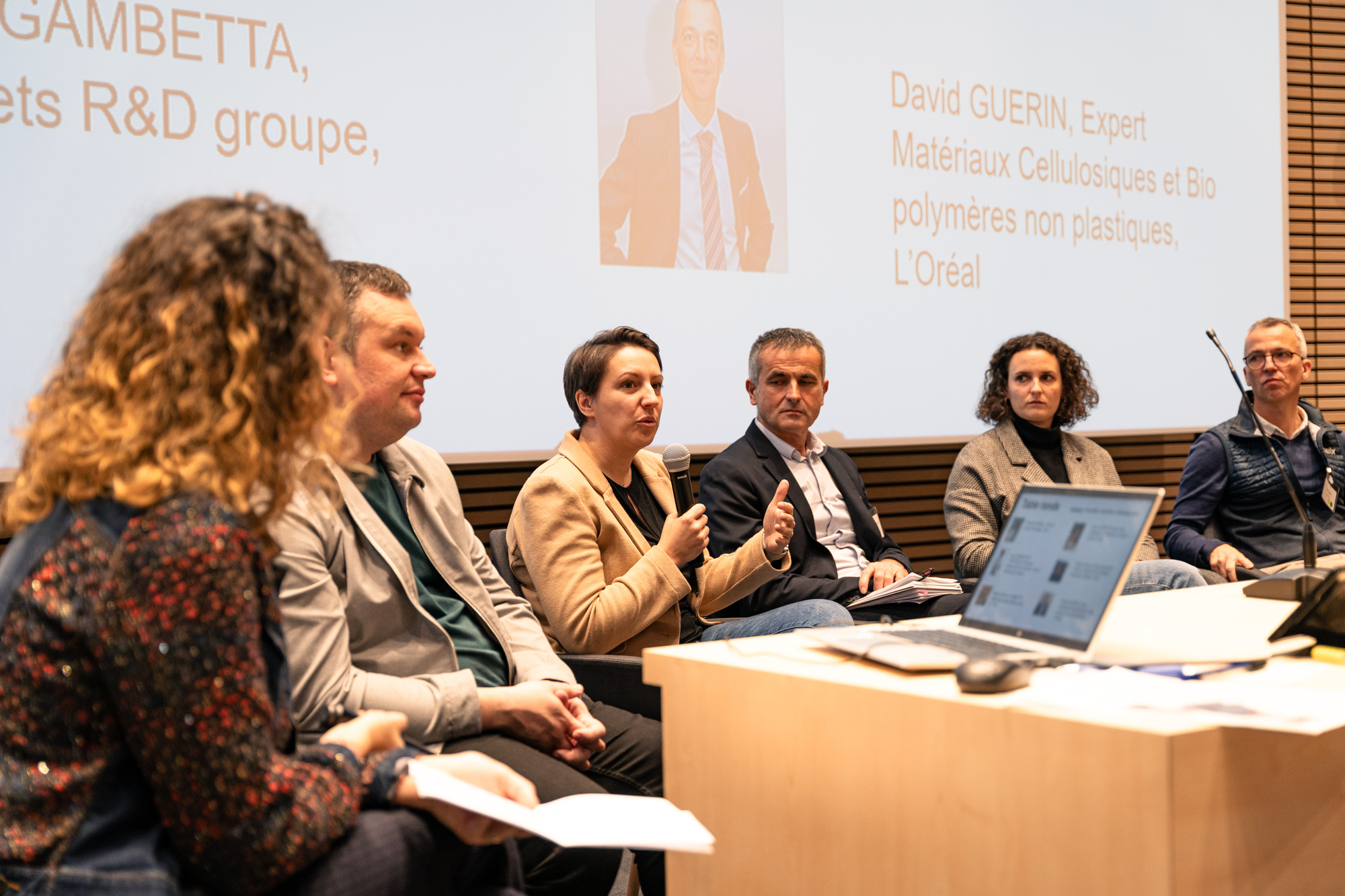
Beyond
technique
Among the materials studied by PEPR, paper and cardboard are undoubtedly those with the highest recycling rates. To go even further, there are of course many scientific obstacles to overcome, but also research and awareness-raising work to be done to change consumer practices.
By Etienne Morisseau
Paper and cardboard recycling has made great strides in recent decades. However, conventional processes cannot recycle more than 93% of the material. The remaining 7% (solid and liquid waste) is not recovered and poses an economic and environmental challenge. This 7% of waste represents enormous quantities of waste, which are likely to increase given the growing complexity of packaging (cellulose derivatives, complex assemblies, etc.).
The Paper and Cardboard axis of the PEPR (PAC3R project) focuses its work on packaging, which accounts for around 70% of recycled paper and cardboard (4 million tons per year). It aims to develop new sustainable processes to improve the properties of recycled fibers (upcycling); to recover solid and liquid waste from the conventional recycling process; to develop new recycling processes and recover all separated elements in the case of composite materials, which are difficult to recycle; and to provide a comprehensive environmental and societal analysis of the targeted processes.
However, these technical aspects are not the only ones to be taken into account in research if we want to address the sector’s issues in a comprehensive manner. “We need to ensure that waste from paper and cardboard recycling is better managed, but above all, we need to minimize its production,” emphasizes Lorette Brault, a postdoctoral researcher at LGP2 and PAC3R’s coordination and communications officer. “There is also a need to raise awareness.”
Although paper and cardboard recycling is particularly advanced compared to other materials studied within the PEPR, this nevertheless implies new challenges across the entire chain, in terms of consumption, collection, user sorting, etc. According to the targets set by the European Green Deal, the paper recycling rate must reach 85% by 2030. It currently stands at 78%—above the 75% required for 2025—but still far from the final target. “Both industry and consumers are already making significant efforts to recycle,” says Lorette Brault. “We therefore need to find new levers to close the remaining gap by 2030. “

On this topic, the paper and cardboard focus area can draw on research from other PEPR projects, such as the household waste focus area, which analyzes household behavior and studies possible ways to motivate individuals to sort their waste. But also the SHS axis, which has dedicated one of its tasks to studying the role of actors, regulations, and economic models in defining consumer behavior.
For their part, members of the Paper and Cardboard axis have, in addition to their research, focused on communication by organizing several awareness-raising activities since the project’s launch. These have been aimed at the general public, with the Pint of Science conference in May 2024. The project also reached out to socio-economic partners through roundtable discussions with industry representatives and presentations at major events such as the WASTE Meetings in Lyon.
The objective is twofold: to present the areas of research while involving industry in the development of the project.
“We are waiting for feedback on our work, perspectives, constructive dialogue…,” explains Lorette Brault.
“It is important to realize that the PEPR Recycling program is part of an acceleration strategy. It aims to solve concrete problems, with a direct impact on society. It is therefore essential to discuss with both industry and the general public.”
PAC3R overview
PAC3R : ‘PACkaging, Recycling, Recyclability, Re-use of papers and cardboards’
Led by Nathalie Marlin (LGP2) and Fabienne Espitalier (RAPSODEE)
- 48-month project
- 42 scientists involved
- 6 partner laboratories
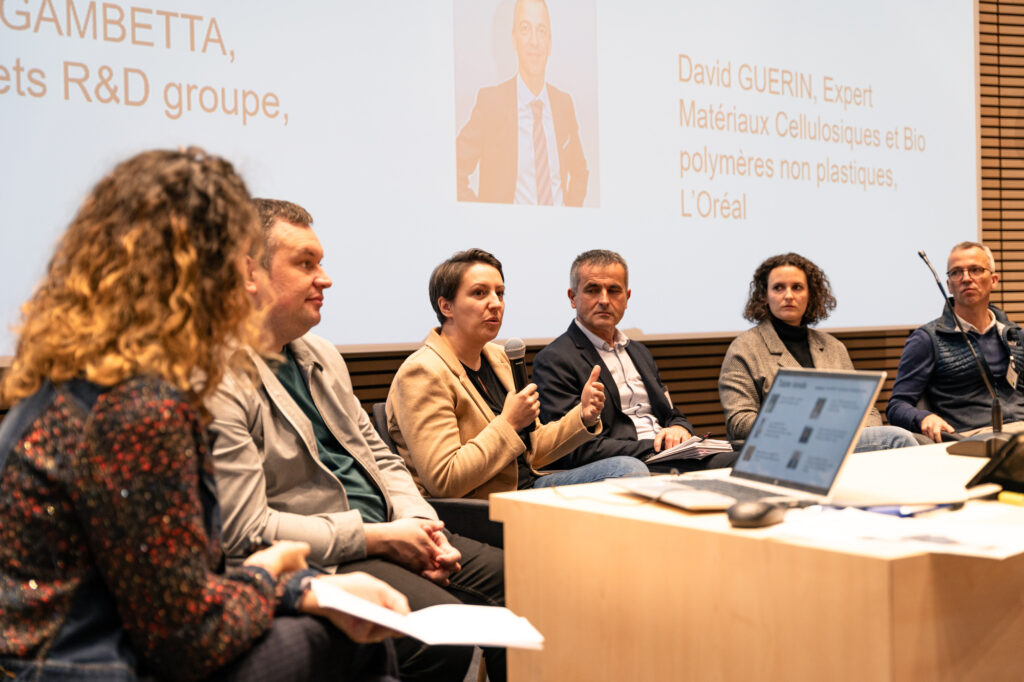
More news
